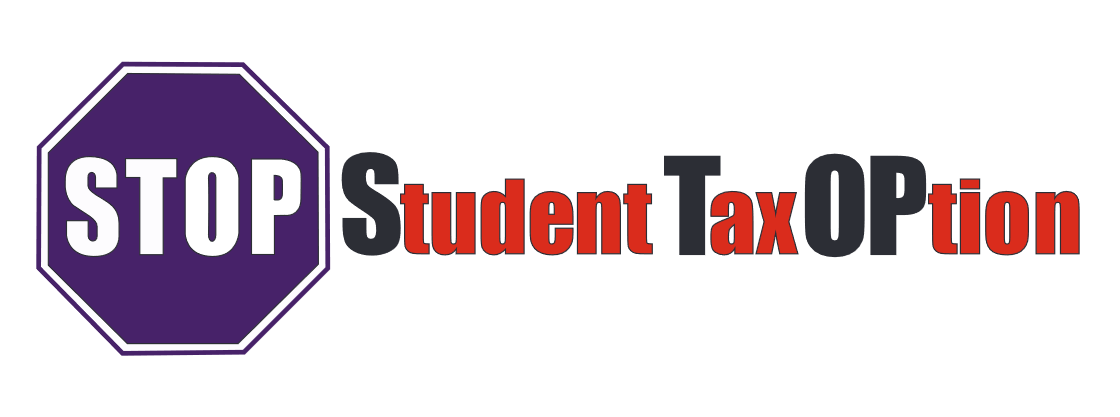The U.S. Department of Education has responded to the fury from public servants with student loans. It was announced recently that the department will be simplifying the process in place for borrowers to apply for the expansion of the Public Service Loan Forgiveness (PSLF) Program, which has recently come under much criticism.
The Problem
This decision is at least in part due to a review of the program by the Government Accountability Office, reported on first by NPR. The 2019 review shows that the federal watchdog found that 99% of applicants to the expansion program were denied by the department in the expansion program’s first year.
The Department of Education posted about the change to the expansion program first in the Federal Register, rather than a news release or other more public form of announcement. According to their post, the change will address some of the more concerning findings in the GAO’s review, one of which is that 71% of those many denials were basically due to technicalities in paperwork.
Reportedly, more than 38,000 applicants to the Temporary Expanded Public Service Loan Forgiveness (TEPSLF) program, the expansion of the PSLF Program, were denied their student loan debt relief, according to the GAO. This appears to be because they had not applied for the PSLF Program and had been denied before applying for the expansion.
The Response
The Department of Education plans to fix this issue by consolidating the programs into just one application form. This should allow those applying for the TEPSLF expansion to avoid the previous additional step of first applying for the PSLF Program.
Although the department didn’t announce the fix in a more public way, they have come out with a statement about it: “We believe borrowers will be better served by using a single form for both programs. So the point is to further reduce confusion and to eliminate the need for a borrower who completed the wrong form to complete a new form.”
Mark Brown, the head of the department’s student loan office, Federal Student Aid, offered an additional insight into the steps they are taking to resolve the issues. “Sometime in the near future,” he said, “we’ll be able to go one step further and actually text the student that information.”
Response to the plan to fix the programs has been praised. Melissa Emrey-Arras, who led the GAO investigation into the programs, said the move is responding to the recommendations they made at the time.
“It is just so much simpler from a borrower perspective to have a single application,” Emrey-Arras said. “That way, you know if you’re eligible for the regular Public Service Loan Forgiveness, you can receive it. And if you’re not, you can be considered for the Temporary Expanded process. It’s like one-stop shopping.”
The Education Department made another statement to NPR discussing the decision: “This is just another action we are taking as part of our commitment to simplifying the program. While we cannot change the fundamental problem of having to administer a program designed to serve only a small fraction of the borrowers, we are doing our best to at least remove unnecessary administrative burden.”
The Background
The original PSLF program was created in 2007 by Congress in an effort to encourage college graduates to choose public service careers. Graduates would commit 10 years of their lives and careers to government and not-for-profit work, along with 120 eligible student loan payments. In return, they were promised student loan debt forgiveness through the Department of Education, whatever amount was left over after those 120 payments.
However, the program’s requirements turned out to be incredibly strict and were not communicated well to the graduates, especially in the infancy of the program. And this combination led to the overwhelming majority of student loan borrowers being denied their loan forgiveness for some reason or another.
After the program turned 10 years old and the first borrowers expecting to receive their loan forgiveness were turned down, there was a loud and public outcry. This led to Congress setting aside $700 million in 2018 for TEPSLF with the understanding that the money would help those who had completed their public service years but were not on the correct payment plan because of misinformation.
One big issue for many, though, was the requirement that those applying for TEPSLF first apply for PSLF, even if they knew they would be denied. This two step process was burdensome and, according to Emrey-Arras, a “bureaucratic nightmare.”
In an interview with NPR in September 2019, Emrey-Arras explained how the process was confusing for many borrowers.
“It doesn’t make a lot of sense, from a borrower perspective, as to why you would need to apply for a program that you know you’re ineligible for. Yet that’s the way the process works.”
The Borrowers
Matthew Austin told NPR of his and his wife’s frustrations at being denied TEPSLF because they hadn’t first been denied for PSLF. He said the rejection was “demoralizing” and led them to give up any hope of having the promise of student loan debt forgiveness kept. They were contacted by NPR and reapplied for TEPSLF in October 2019. They application was approved and their more-than $40,000 in outstanding federal student loans were forgiven, as well as being issued a refund for the extra payments they made after initially being rejected.
While stories like the Austin’s are encouraging, lawmakers have warned Education Secretary Betsy DeVos that the efforts to improve the programs needs to continue.
Rep. Bobby Scott, chairman of the House education committee and a Virginia Democrat, agreed with this sentiment.
“The department’s lack of urgency in helping borrowers navigate the Public Service Loan Forgiveness Program has left applicants confused, panicked and rightfully frustrated,” Rep. Scott said. “I am relieved that - in response to intense public pressure - the department is finally taking a step toward fixing the PSLF application process. However, this change alone does not satisfy the department’s responsibility to faithfully implement the law.”

